Voyager Passport
Program Description
Voyager Passport to Literacy is a reading intervention intended for K-5 students reading below grade level. The program is designed to build decoding, word reading, reading comprehension, and vocabulary skills through twelve, ten-day semi-scripted lessons. Instruction is provided by teachers and paraprofessionals in daily in small groups of 4-7 students for 30 minutes, throughout the school year. The first component of the program targets basic word reading skills such as letter/sound identification and decoding, while the second component of the program targets vocabulary and comprehension strategies through reading fiction and non-fiction passages.
Student population
Voyager Passport to Literacy has been examined in fourth grade students from rural and urban settings. Student demographics include general education learners, English language learners, Black, White, and Hispanic racial and ethnic groups as well as a blended proportion of students who were or were not eligible for Free and Reduced price lunch.
Current evidence
Voyager Passport to Literacy has been rated as Strong by Evidence for ESSA (https://www.evidenceforessa.org/programs/reading/passport-literacyvoyager-passport) among fourth grade students.
For more information
https://www.voyagersopris.com/literacy/voyager-passport/overview
Wanzek, J., Petscher, Y., Otaiba, S. A., Rivas, B. K., Jones, F. G., Kent, S. C., ... & Mehta, P. (2017). Effects of a year long supplemental reading intervention for students with reading difficulties in fourth grade. Journal of Educational Psychology, 109(8), 1103.
https://www.evidenceforessa.org/programs/reading/passport-literacyvoyager-passport
